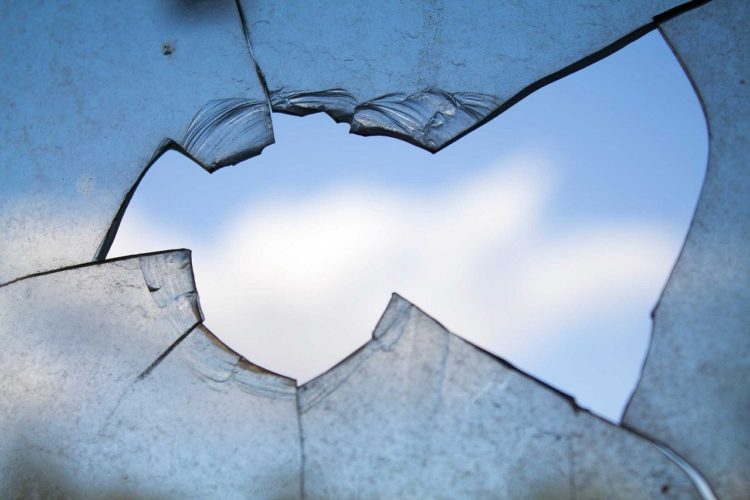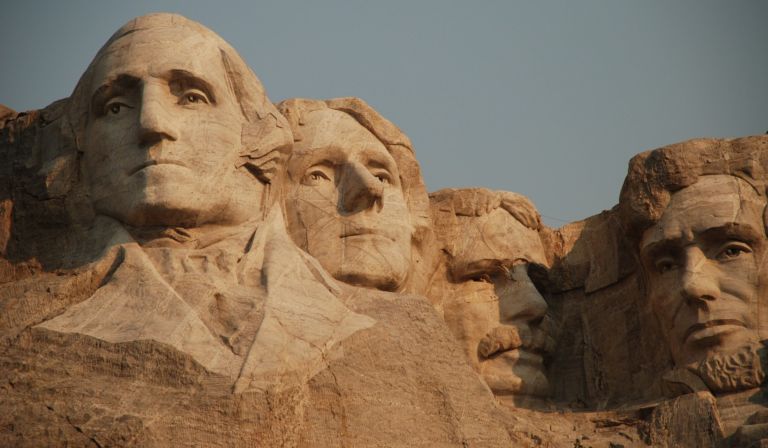Editors at National Review Online call for the end of mob damage to historical statues across the country.
Spasmodic attempts to remake the world invariably involve the throwing out of the good along with the bad. Our ongoing bout of statuary iconoclasm has proven no exception.
The list of figures whose likenesses have been defaced now includes Abraham Lincoln, George Washington, Thomas Jefferson, Ulysses S. Grant, Winston Churchill, Mohandas Gandhi, Cervantes, Robert the Bruce, Voltaire, General Schuyler, the abolitionist Mathias Baldwin, and the guitarist Stevie Ray Vaughan. One can only imagine the philosophy that could draw a line around as motley a crew as that.
Of course, no such philosophy exists — and nor will it. Rather, we find ourselves in the middle stages of a cultural riot in which everything — and everyone — has become fair game. What do Cervantes and Stevie Ray Vaughan have in common? Well, that they are both made of bronze, and are thus liable to make a sickening thud when pulled by force from their pedestals. The violence, to borrow a fashionable phrase, is the point.
But it is not acceptable. Irrespective of the nature of their grievance — or of the strength of the feeling undergirding it — violent mobs can’t make decisions on behalf of everyone else. If, as is occasionally the case, it is necessary for public monuments to be altered, updated, revisited, or removed, that work must be done within the democratic process and under the rule of law. Bad taste is not an excuse for anarchy.
One of the great ironies of our present upheaval has been the tendency of its most vocal advocates to engage in precisely the type of reactionary thoughtlessness that they believe themselves to be fighting. There is a compelling case to be made against, say, the veneration of the Confederacy, but it is a case that relies for its power upon diligent differentiation.


